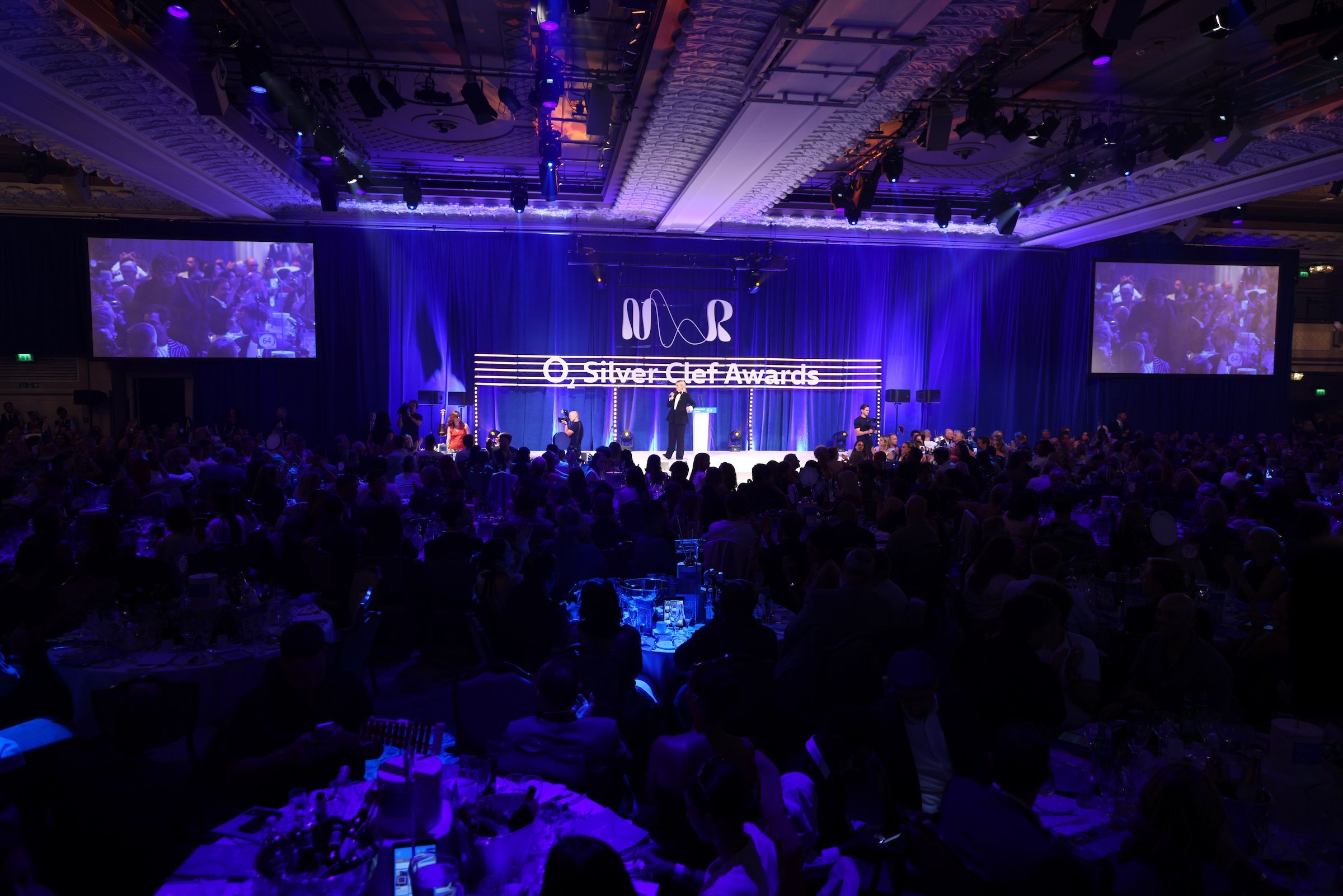In today’s competitive market, standing out and creating a lasting impression is essential for any business. Branded clothing has emerged as a powerful tool in the arsenal of corporate marketing strategies, enhancing brand visibility and recognition. The right clothing can convey professionalism, foster loyalty, and make a brand instantly recognizable. This article delves into the multifaceted world of branded clothing and how it can be leveraged to boost corporate brand visibility effectively.
The Power of Branded Clothing
Branded clothing plays a significant role in influencing customer perception. When employees or customers wear clothing adorned with a company’s logo or tagline, it subtly reinforces the brand’s presence in the minds of onlookers. This constant visual reinforcement helps build familiarity and trust, essential components of customer loyalty. Wearing branded apparel also instills a sense of pride and belonging among employees, which can translate into better customer interactions and a more cohesive corporate identity.
Consistency is key in marketing, and branded clothing ensures that your brand is consistently represented. Uniforms, promotional apparel, and limited-edition collections all serve as mobile advertisements, constantly showcasing your brand to a broader audience. This visual consistency helps customers remember your brand, making it more likely that they will think of your company when they need the products or services you offer.
Types of Branded Clothing
Let’s take a look at some types of branded clothing that can be used for brand visibility:
Employee Uniforms
- Benefits: Employee uniforms offer several advantages. They project a professional image, making employees easily identifiable to customers, which enhances customer service. Uniforms also foster a sense of unity and equality among staff, contributing to a positive work environment.
- Best Practices: When designing employee uniforms, it’s crucial to consider comfort, functionality, and aesthetics. The design should reflect the brand’s values and be versatile enough for various roles within the company. Including elements like the company logo, colors, and tagline can ensure that the uniforms serve as effective branding tools.
Promotional Apparel
- Uses: Promotional apparel can be distributed as giveaways, sold at events, or used as customer rewards. T-shirts, hats, and jackets are popular choices for promotional apparel because they are practical and have a wide appeal.
- Design Strategies: Effective promotional apparel should be eye-catching and convey the brand’s message clearly. Use high-quality materials and ensure that the design includes key brand elements like the logo and colors. For example, company hats with logos are popular because they are practical and can be worn regularly, providing continuous brand visibility. Limited-edition designs or collaborations with popular designers can add an element of exclusivity and attract more attention.
Limited Edition Collections
- Creating Buzz: Limited-edition collections can create excitement and buzz around your brand. By releasing unique, time-sensitive apparel, you can tap into the consumer’s fear of missing out (FOMO), driving higher engagement and sales.
- Collaboration Opportunities: Partnering with well-known designers or influencers to create limited-edition collections can significantly boost your brand’s visibility. These collaborations can introduce your brand to new audiences and add a layer of credibility and prestige to your offerings.
Distribution Channels for Branded Clothing
Distributing branded clothing at corporate events and trade shows provides direct engagement with your target audience. Attendees are likely to wear the apparel during and after the event, increasing your brand’s visibility.
Effective distribution strategies include setting up interactive booths where attendees can win branded apparel or incorporating clothing into event activities. For instance, organizing a fun run where participants receive branded T-shirts can create lasting impressions.
Online Platforms
Selling branded clothing on your corporate website can create an additional revenue stream and enhance brand loyalty. Make sure the online store is easy to navigate and showcases the apparel effectively.
Utilize social media platforms to promote your branded clothing. Share behind-the-scenes content of the design process, run contests, and encourage customers to share photos of themselves wearing the apparel. This user-generated content can be incredibly powerful in amplifying your brand’s reach.
Retail Partnerships
Partnering with retail stores to sell your branded clothing can increase exposure and credibility. Choose stores that align with your brand values and target audience for maximum impact.
Retail partnerships can also offer logistical advantages, such as established distribution networks and customer service support. This can make the process of getting your branded clothing to customers more efficient and effective.
Challenges and Solutions
Effective budgeting involves balancing quality with cost. Consider working with suppliers who offer discounts for bulk orders and explore various materials to find cost-effective options that don’t compromise on quality.
Outsourcing production to reliable manufacturers can help manage costs. Additionally, digital printing technologies can reduce costs for smaller runs or complex designs.
Implement inventory management systems to keep track of stock levels and predict demand. This can help avoid overproduction or stockouts, ensuring that you always have the right amount of apparel on hand.
Technology such as barcode scanning and real-time tracking can streamline inventory management. These tools provide accurate data, helping you make informed decisions about production and distribution.
Conclusion
Leveraging clothing for corporate brand visibility is a multifaceted strategy that can yield significant benefits. From employee uniforms and promotional apparel to limited-edition collections, branded clothing serves as a powerful tool to enhance brand recognition and loyalty. By effectively distributing these items and measuring their impact, businesses can ensure they maximize the return on their investment.
Overcoming challenges like production costs and inventory management requires careful planning and the adoption of innovative solutions. Looking ahead, embracing sustainable practices, and integrating technology will keep your brand at the forefront of the industry. By implementing these strategies, your business can harness the full potential of branded clothing to achieve greater corporate brand visibility.





